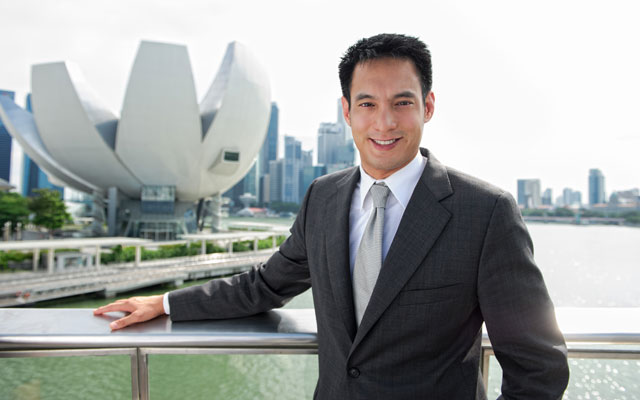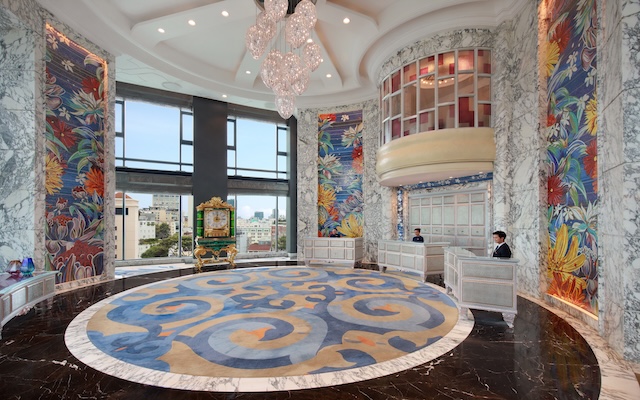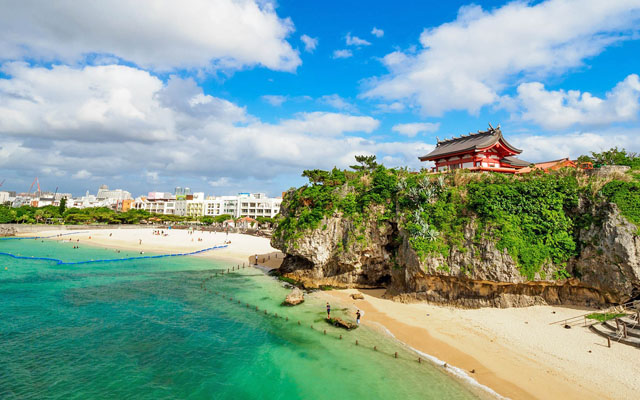The Covid-19 pandemic is testing business commitment to sustainability, as tighter hygiene standards lead to a spike in single-use packaging, sterilisation and waste production. Kevin Teng, executive director of sustainability, Marina Bay Sands, tells Pamela Chow how the integrated resort is pulling off the balancing act

Marina Bay Sands was built around its sustainability features. What consideration led to the construction of these elements?
As a Sands property, Marina Bay Sands is guided by its global sustainability strategy Sands ECO360 to minimise environmental impact and lead the way in sustainable building development and resort operations.
During the design and construction phase, energy conservation and efficient water usage were high on the agenda. To reduce the need for additional lighting, the building was designed to introduce abundant natural daylight to illuminate indoor areas. Specially designed convex and concave roofs reduce heat gain into the podium interior. Sun shading across the glass façade in the form of balconies, vertical fins and canopies were also installed.
The property features large-scale art installations which dynamically integrate with the building’s architecture to create an Art Path at Marina Bay Sands. Some of the art pieces such as Rain Oculus, Wind Arbor and Tipping Wall around the property are designed with sustainability in mind.
How were the types of measures and equipment decided upon?
Our practice is to adopt an evidence-based, impact-first approach when introducing any sustainability initiatives on property. We also constantly find new ways to make our operations more resource efficient. For instance, we introduced five anaerobic digesters in the third year of our operations after studying what the industry was doing and how we could do better. We conducted extensive research and piloted different solutions before we landed on the right one for the company.
To continue making our business even more sustainable, we constantly talk to peers in the industry and are always looking to embrace new technologies. For instance, we have now enhanced our food waste minimisation efforts, using food waste technology in selected kitchens to help chefs monitor and reduce the amount of food waste produced.
What difficulties did the resort face in going green?
The main challenge for any organisation implementing and maintaining its sustainability efforts is how well it engages its stakeholders and rallies them towards a common vision. From suppliers and vendors to team members, we actively engage stakeholders in the sustainability journey, sharing our goals and encouraging them to make business decisions that reduce environmental impact wherever possible.
What are some examples of such responsible business decisions?
(Our) sustainable purchasing policy provides guidelines to vendors, encouraging them to (adopt) solutions, materials and goods that minimise environmental impact. The purchasing policy covers a wide range of supplies, such as responsible food sourcing and earth-friendly packaging materials.
Procurement teams are also guided by this policy and consciously review procurement decisions. Chefs collaborate closely with vendors and procurement teams to plan dishes made with sustainable ingredients. Overall, advocating a culture of sustainability empowers over 10,000 team members to create a positive impact not only at Marina Bay Sands, but also in their personal lives.
How does the Marina Bay Sands’ team keep to its sustainability commitment amid this pandemic, as the higher hygiene standards increase demand for single-use packaging and resources for sterilisation?
Like any other business, we have been trying to navigate the ongoing pandemic. Hygiene and sanitisation priorities are higher than ever, but we continue to stay focused on the goal to decouple our environmental footprint from our business growth.
We are scrutinising the chemicals in cleaning products and choosing those that are enzyme-based, PH neutral, safe and non-toxic to sanitise all high-touch surfaces. Our restaurants also provide all diners with a paper mask-holder made from Forest Stewardship Council-certified paper. While these are a few examples of what we have been doing, the team at Marina Bay Sands is proactively looking for solutions to continue minimising our impact on the environment even in the midst of this pandemic.
As we step into the new normal, what initiatives are the team currently working on to further the company’s sustainability accomplishments?
One key partnership we’re really excited about is our investment in the Drop by Drop Project with Seven Clean Seas, a Singapore-based social enterprise tackling plastic pollution in our oceans. Our support will go towards the development of the River Plastic Recovery System, a floating plastic collection system that captures river plastic before it reaches the ocean.
We’re also looking for more ways to diversify our sources and increase support for local food producers. Marina Bay Sands currently procures 63.5 per cent of our food within Asia-Pacific, and we are making steady progress towards our 75 per cent target. To minimise food waste, we’re looking at expanding our existing unserved food donation partnerships with local food banks, and also plan to halve our food loss and waste by 2030.

















